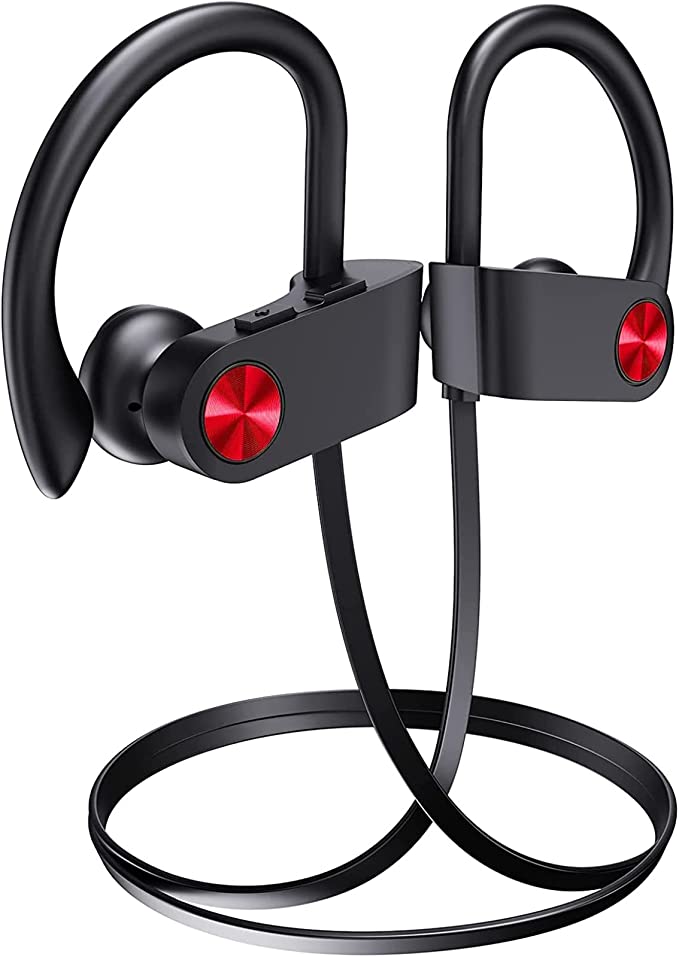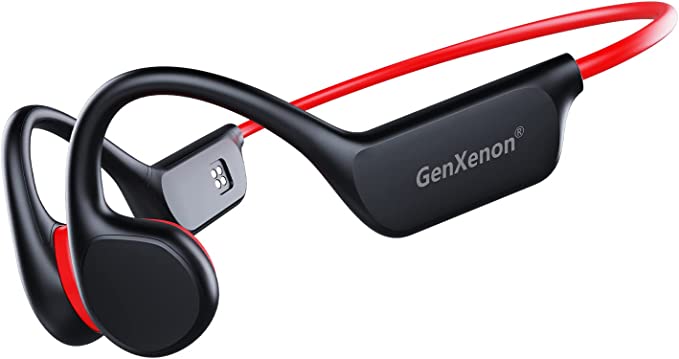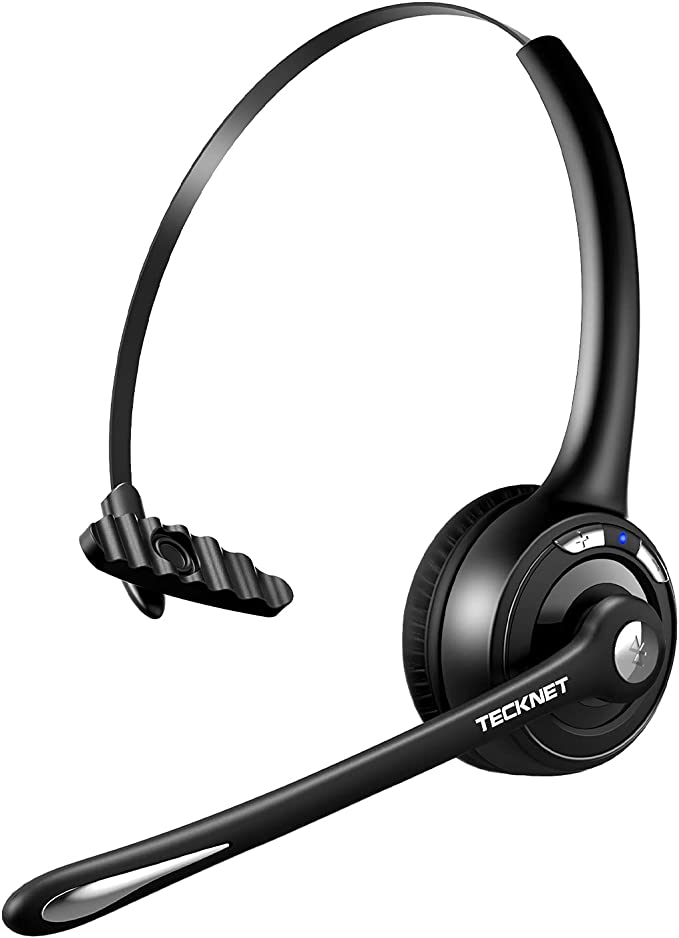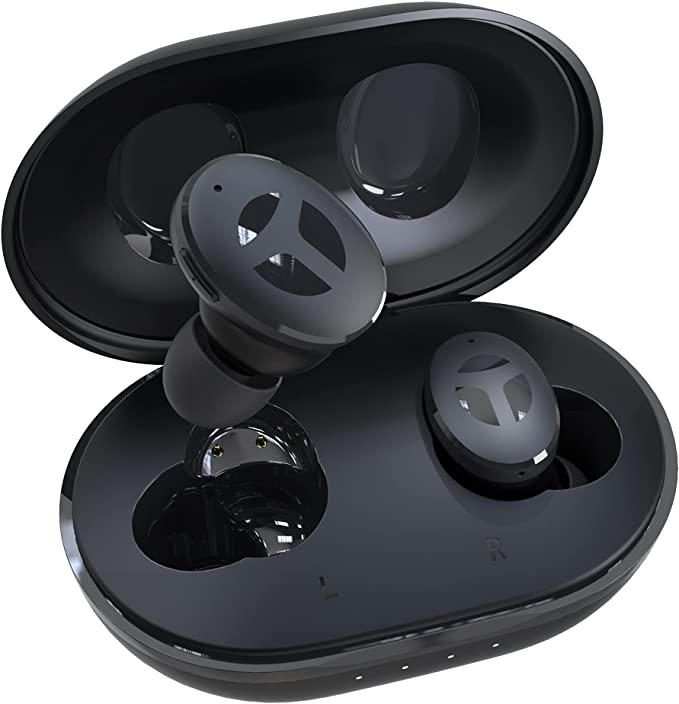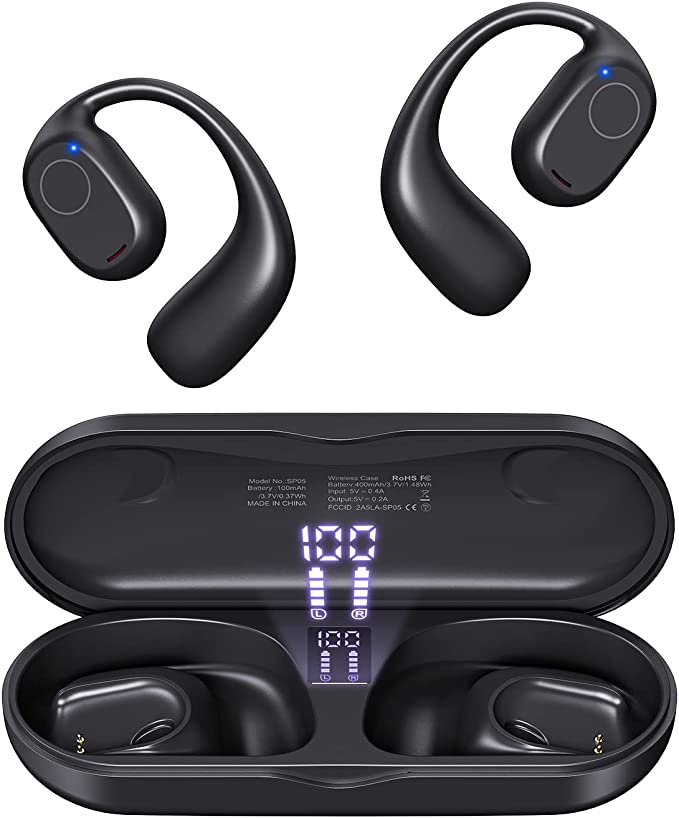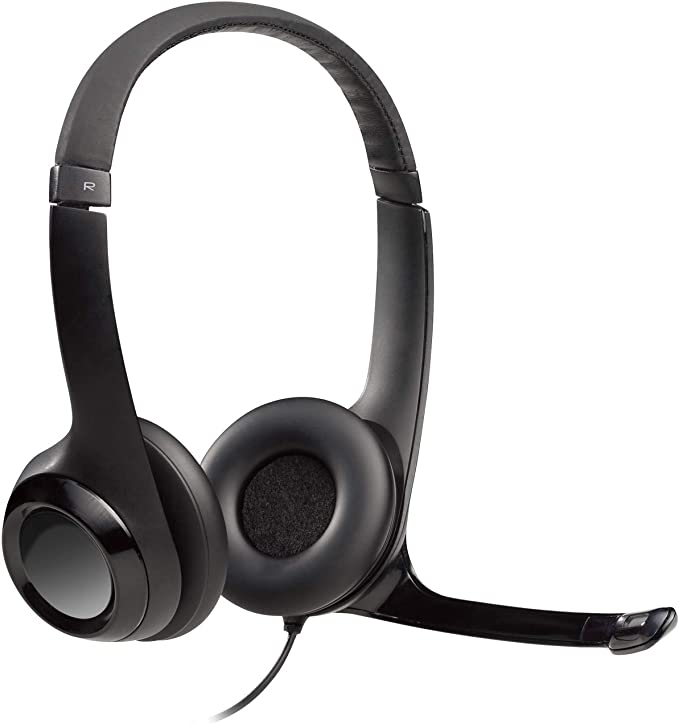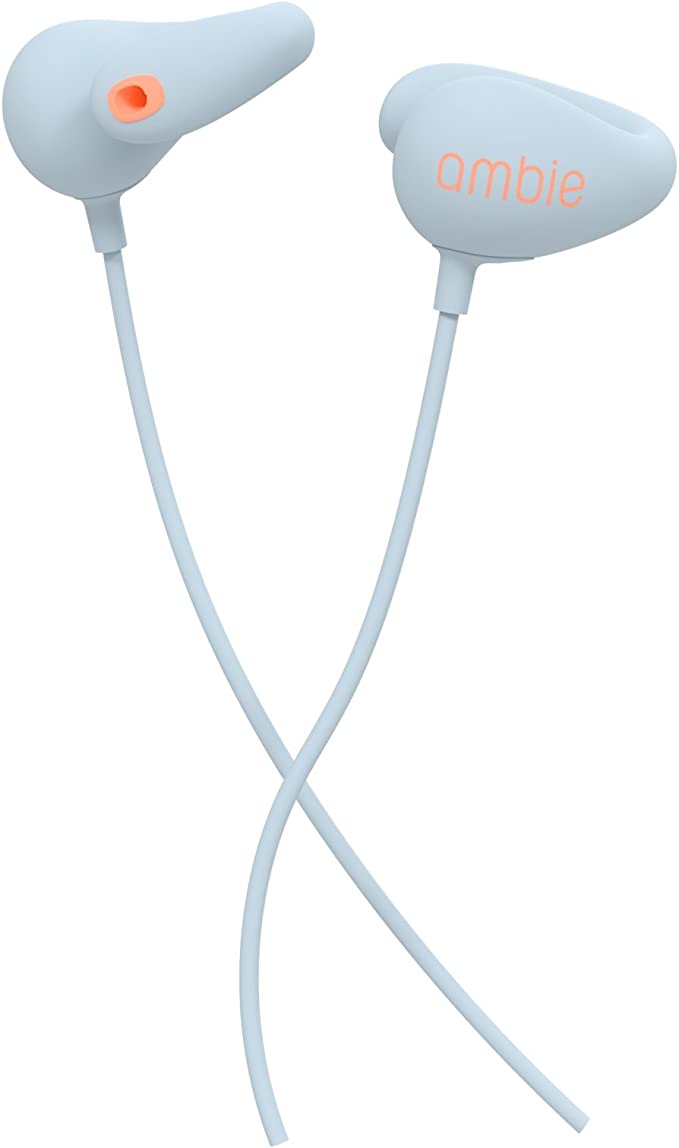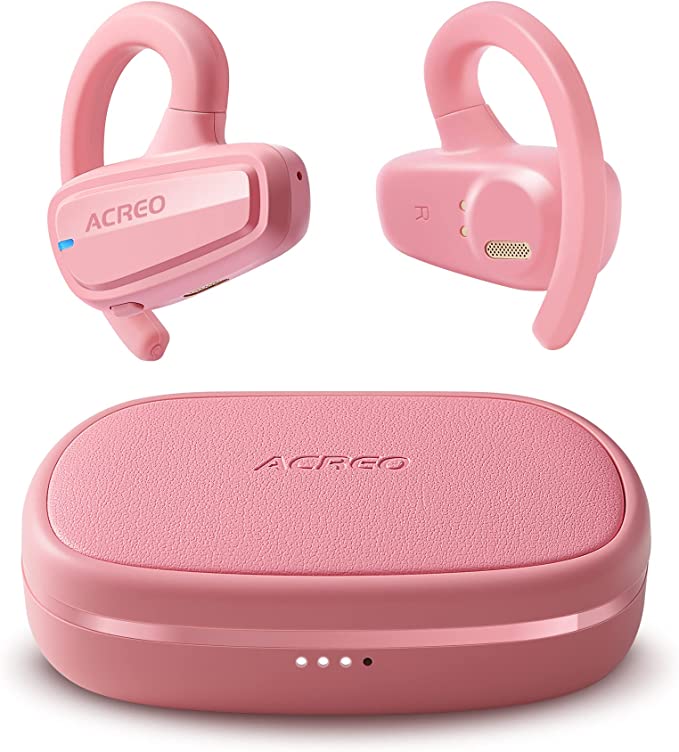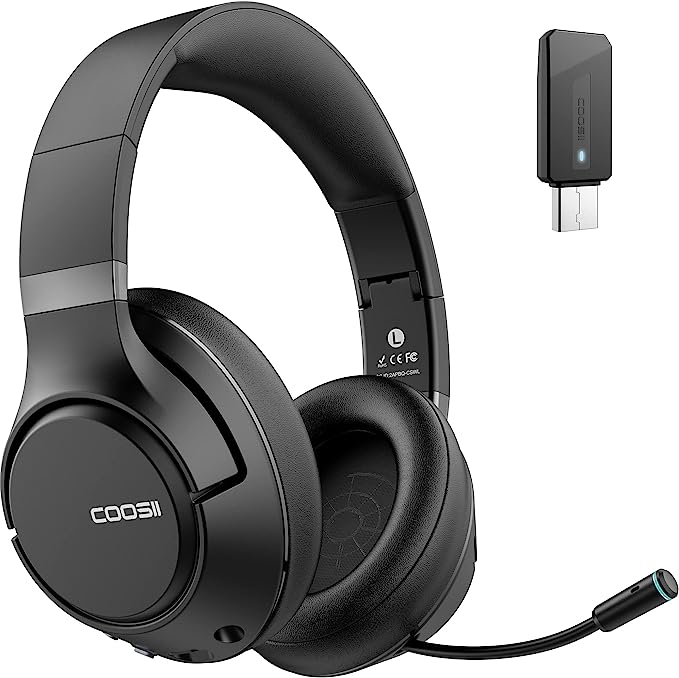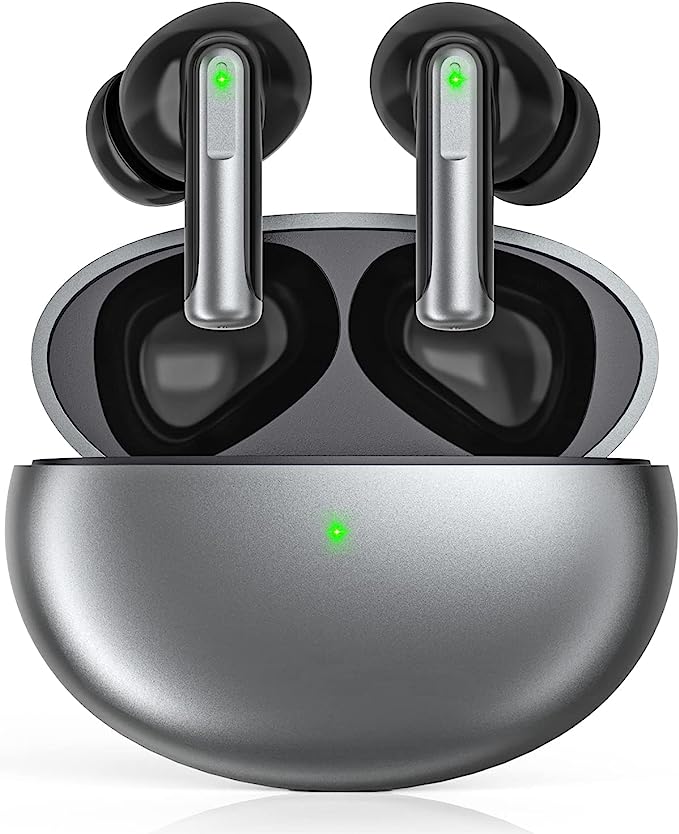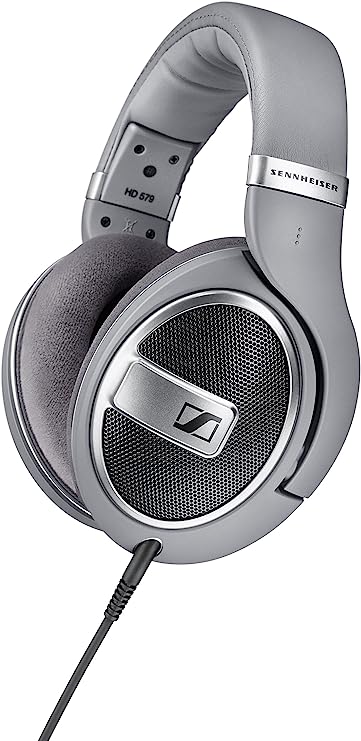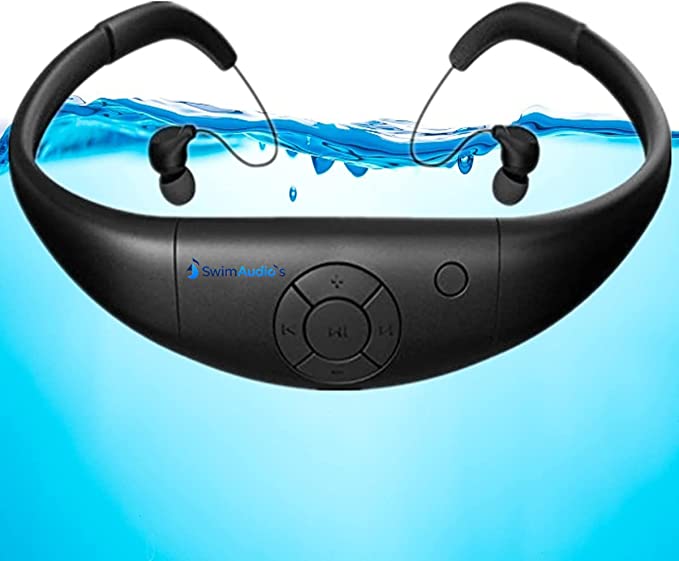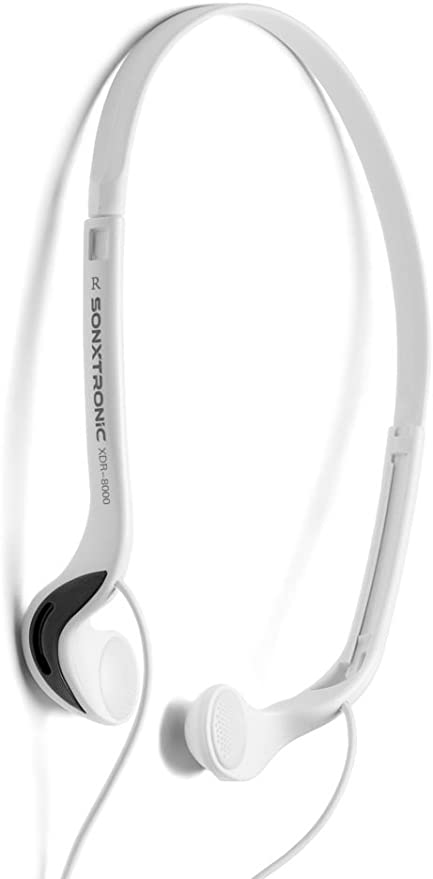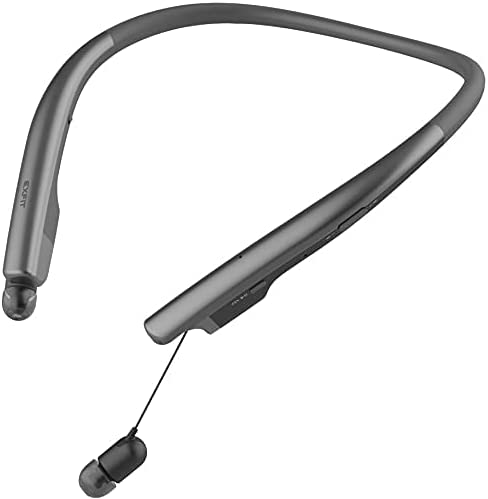How to Use At-Home Pet Laser Therapy: A Practical Guide to Dosage and Application
Update on Oct. 14, 2025, 6:16 p.m.
Welcome to a new role in your pet’s life. Beyond being a provider of food, comfort, and love, you are stepping into the role of a home practitioner—a key partner in their wellness journey. You may have acquired an at-home photobiomodulation (PBM) device, a powerful tool based on profound science. But a tool is only as effective as the hands that wield it. This guide is designed to empower you with the knowledge and methodology to use this technology safely, confidently, and effectively.
To make this journey practical, let’s imagine a patient: Max, a 12-year-old Golden Retriever. He’s a cherished family member, but age has brought the stiffness and discomfort of hip arthritis. He’s slower to rise in the mornings, hesitant on stairs, and his once-boundless enthusiasm for walks has waned. His veterinarian has diagnosed his condition and, as part of a multi-modal treatment plan, has given the green light for at-home PBM therapy. You, as Max’s owner, are now in charge of administering these daily treatments. Where do you begin?

Principle #1: Safety First, Always
Before the first photon is ever emitted, your most important treatment is a conversation with your veterinarian. At-home PBM is an adjunctive therapy, not a replacement for professional diagnosis and care. Your vet’s assessment is crucial to ensure there are no underlying conditions that PBM might exacerbate or that require a different primary treatment. This leads to the cardinal rules of safe application:
- Veterinary Partnership: Always begin with a professional diagnosis. Confirm with your vet that PBM is appropriate for your pet’s specific condition. Discuss a starting protocol and schedule follow-up appointments to monitor progress together.
- Eye Protection: This is non-negotiable. The near-infrared (NIR) light used in many devices (often around 808nm) is invisible and can pose a retinal hazard without triggering the natural blink reflex. The human operator must always wear the appropriate safety glasses provided with the device. While it’s often impractical to fit pets with goggles, you must take care to never shine the light directly into your pet’s (or any human’s) eyes. Treat the device with the same respect as any other therapeutic instrument.
- Known Contraindications: Never apply PBM directly over a known cancerous tumor. While research has not shown PBM to cause cancer, the theoretical concern is that by increasing cellular metabolism and blood flow, it could potentially accelerate the growth of existing malignant tissue. Additionally, avoid use over the thyroid gland, over the womb of a pregnant animal, or in pets with known photosensitivity conditions.
Principle #2: Understanding the “Dose”
With safety boundaries established, we can now focus on efficacy. The key to successful PBM is delivering the right “dose” of light energy. Think of it like watering a plant: too little water and it wilts, too much and it drowns. In PBM, the dose is measured in Joules of energy per square centimeter of tissue (J/cm²). While calculating an exact clinical dose at home is complex, you can control the primary factors that determine it: Power, Time, and Area.
- Power (Intensity): Many home devices, such as some dual-wavelength units, offer adjustable power settings (e.g., 25%, 50%, 75%, 100%). This controls the rate at which energy is delivered (measured in Watts). A higher power setting delivers the target energy dose more quickly. It’s often wise to start at a lower setting (50%) for the first few sessions to acclimate your pet and then gradually increase as recommended by your vet.
- Time (Duration): This is the most straightforward variable to control. A longer treatment time at a given power level delivers more total energy (Joules). Your device’s timer is your most important tool for ensuring consistent dosing from one session to the next.
- Area (Spot Size): The dose is concentrated over the area covered by the device’s head. If you are treating a small area, like a specific joint, the energy is concentrated. If you need to treat a larger area, like the entire lower back, you will need to either increase the time or mentally divide the area into smaller sections and treat each one for the prescribed duration.
A common starting point for chronic conditions like Max’s arthritis might be a target dose of 4-8 J/cm² per treatment point. Your vet can help you translate this into a practical protocol of power setting and time for your specific device.
Principle #3: The Art of Application
How you physically apply the device matters. The goal is to get the maximum number of photons to the target tissue.
- Contact vs. Non-Contact: For most applications, a direct, gentle contact with the skin is preferred. Part the fur as much as possible and press the device head lightly against the skin. This minimizes reflection and scattering of light from the fur and skin surface, ensuring deeper and more efficient penetration. For sensitive or open wounds, a non-contact method (holding the device 1-2 cm away) is necessary.
- Pulsed vs. Continuous Wave (PW vs. CW): Some devices offer different delivery modes. Continuous Wave (CW) provides a constant, steady stream of light. Pulsed Wave (PW) delivers the light in rapid on/off bursts. While the science is still evolving, some practitioners believe PW modes can be particularly effective for pain management and reducing inflammation, while CW is excellent for general tissue healing. A good starting point is to use the mode your vet recommends or to try the PW mode for pain-related issues.
Principle #4: Creating a Consistent Protocol (Max’s Plan)
Consistency is more important than intensity. The benefits of PBM are cumulative. For Max’s hip arthritis, a typical starting protocol might look like this:
- Target Areas: Left and right hip joints, and the surrounding lumbar spine area.
- Frequency: Twice daily (morning and evening, when stiffness is often worst).
- Settings: 75% power, PW (Pulsed Wave) mode.
- Duration: 5 minutes per hip joint, 5 minutes over the lower back. Total treatment time: 15 minutes.
- Environment: Conduct the sessions in a quiet, comfortable spot where Max is relaxed. Pair the treatment with gentle petting and praise to create a positive association.
This protocol should be followed diligently for at least 2-3 weeks before evaluating its initial effectiveness.
Principle #5: Tracking Progress Objectively
The most challenging part of home therapy is answering the question: “Is it working?” Our perception can be influenced by hope. Therefore, we must become objective observers. Create a simple “Home Therapy Log.”
Max’s Weekly Wellness Log:
| Date | AM Stiffness (1-5, 5=severe) | Stair Hesitation (Yes/No/Slight) | Walk Enthusiasm (1-5, 5=high) | Positive Observation (e.g., played with toy) |
|---|---|---|---|---|
| Oct 12 | 4 | Yes | 2 | Slept soundly. |
| Oct 13 | 4 | Yes | 3 | Greeted me at the door. |
| … | … | … | … | … |
This simple act of recording data transforms you from a hopeful owner into a careful observer. It allows you and your vet to spot subtle trends over time. A decrease in the stiffness score from a consistent 4 to a 2 or 3 is a significant, data-backed victory. Noting positive behaviors, like a renewed interest in play, provides invaluable qualitative evidence.

Your Role in Your Pet’s Wellness Journey
By embracing these principles, you transform a simple device into a sophisticated therapeutic tool. You are no longer passively hoping for improvement; you are actively participating in it. Your role is to be a safe operator, a consistent practitioner, and a diligent observer. Through your careful application and objective tracking, guided by a strong partnership with your veterinarian, you can confidently know that you are providing the best possible support for your cherished companion, helping to brighten their health and comfort, one photon at a time.

